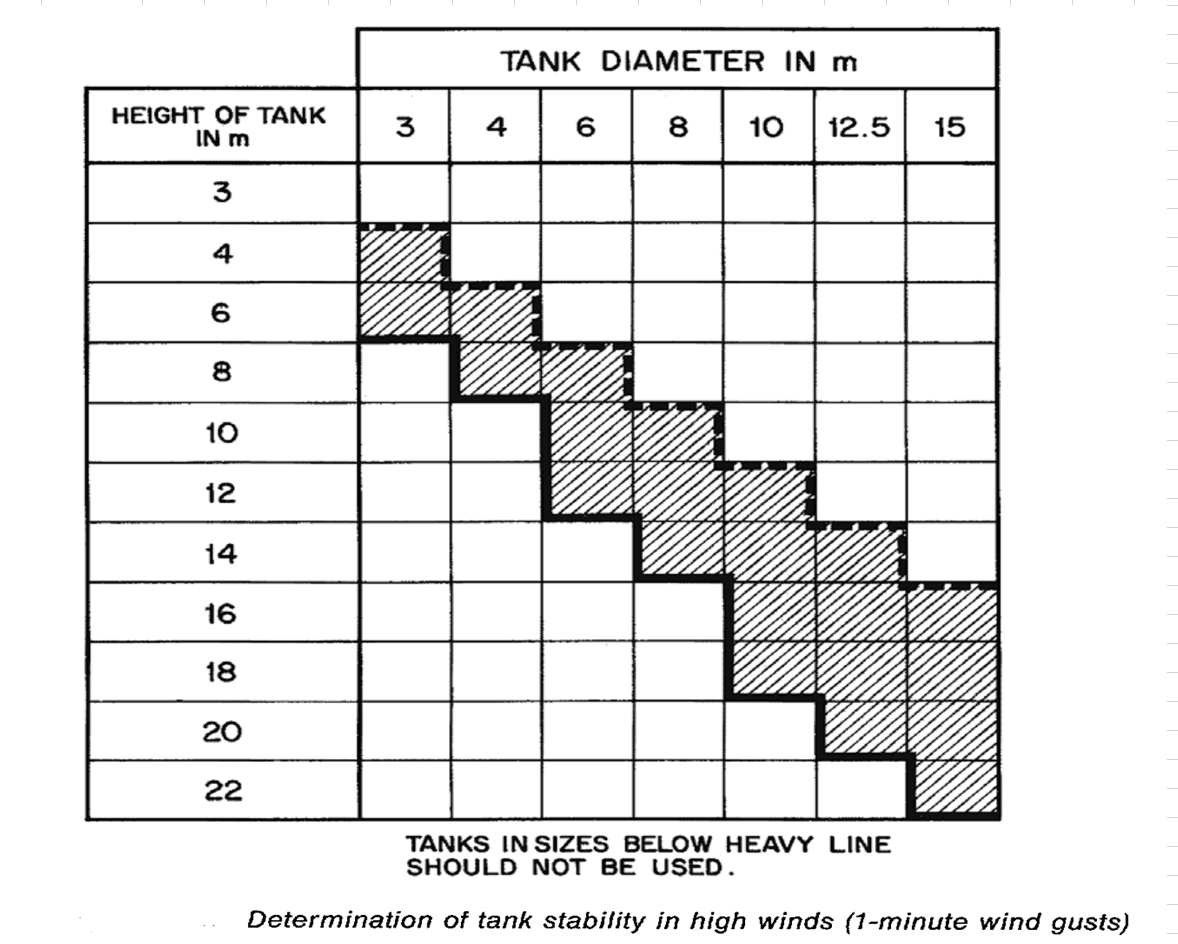Dear forummembers:
Our hydrogen plant uses the SMR (Methane steam reforming)process。
Recently,Three temperature(the reforming steam and the nature gas/steam preheater Inlet and outlet temperature)experienced a significant drop once ,We suspect that it is steam carrying liquid from the sour water stripping tower。Liquid water entering the furnace tube can cause tube rupture and catalyst pulverization
Here are some more information:
- The opening of the stripping steam control valve is significantly larger than the design.
(design max flow opening:61%, Actual opening: 87%, Equal Percentage, △P is larger than design);
- The steam Flowmeter overhead of stripping tower display 21ton /h,but the simulation result according to downstream process is 43ton /h。Technip Specifies 22.6ton /h = Maximum HPS into Stripper
Here's my question:
- Whether steam carrying liquid from the sour water stripping tower is common,What are the general reasons?
- in my case,Whether excessive stripping steam is the main cause?
- How can I tell that the steam orifice flowmeter is inaccurate?
Edited by kaidlut, 12 September 2024 - 03:25 AM.

 FB
FB
















